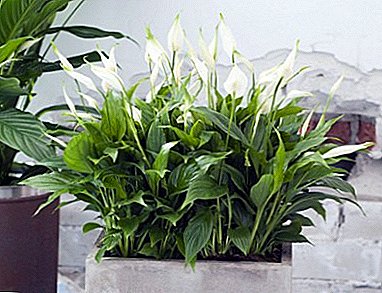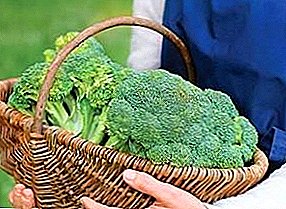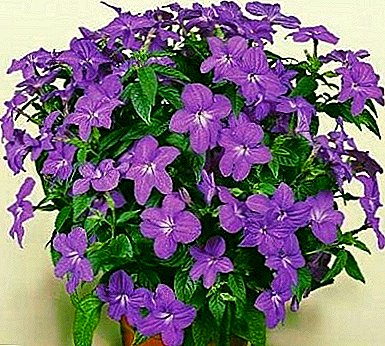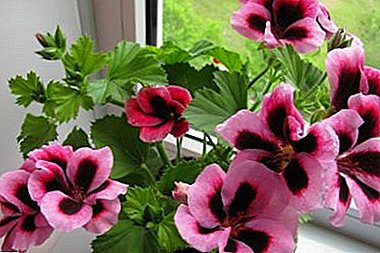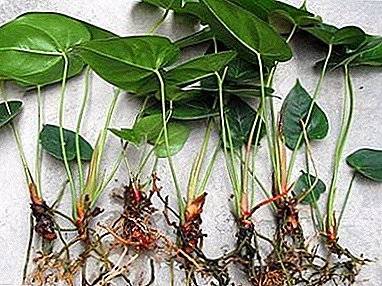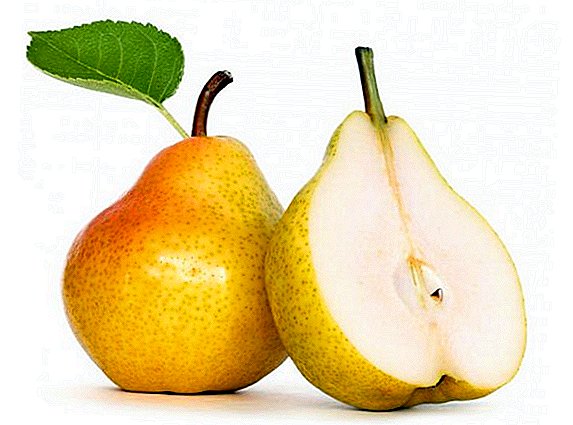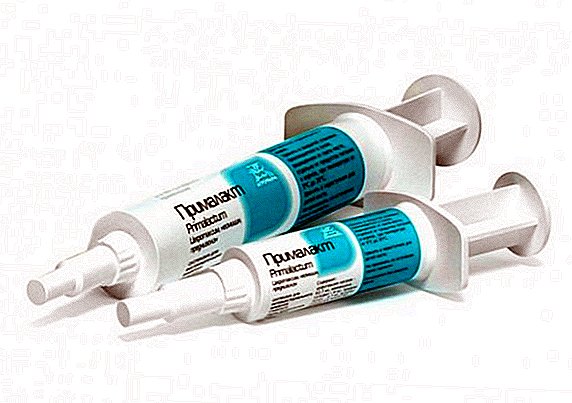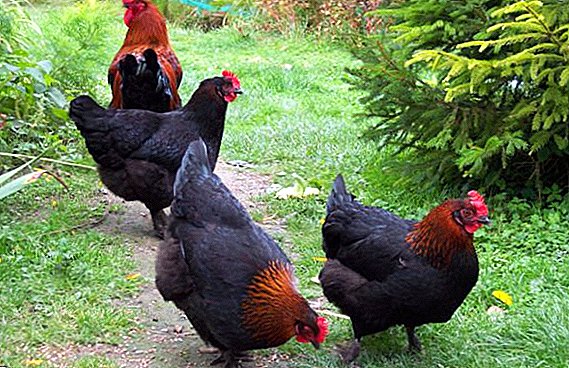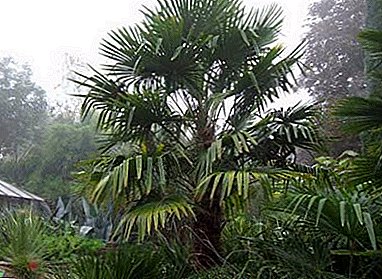
Trachycarpus - The palm tree comes from Asia, it is distributed from the eastern part of China to the Himalayas, including Myanmar, India, Thailand, and Japan.
Palm grows slowly, is considered the most winter-hardy.
Kinds
The genus includes several species most popular of them:
- Forchuna - grows up to 12 m, leaves are green on both sides dissected, yellow flowers, dark blue fruits;
- tall - it is considered the most frost-resistant, it reaches 12 m, on the trunk there are remains of petioles from the leaves, the leaves themselves are dark green in color, they do not bloom in room conditions;
- Martius - grows in India and Nepal, with a bare trunk, leaves with a large number of segments (up to 80) regularly cut, seeds in the form of coffee beans;
- Wagner - seldom found, grown as a crop in Korea and Japan, the stems and leaves are elastic and durable, have a fan shape (about 50 cm in diameter), fragrant flowers, black fruits;
- Princess - leaves on top of medium green color with a bluish tinge.
Photo trachycarpus Forchun.

Trachicarpus: photo plant species high.




Except listed Known trachycarpus:
- Ukhrulsky;
- takilsky
- royal;
- cloudy;
- dwarf;
- wide range;
- two segment.
Care
More commonly used as an ornamental plant, in room conditions does not bloom.
Care features
After purchase, the plant should be quarantined, placing 3 weeks apart from others. Every day should be inspected in good light, so as not to miss the moment of the appearance of pests. After that, you need to transplant trachycarpus.
Lighting
Plant bright light needed (even direct sunny in a small amount), the best location is near the south window. The lack of lighting is made up by highlighting a fluorescent lamp.
Temperature
 Trachycarpus will comfortable at temperature from 18 to 25 degrees, in the period of rest should be placed in a room with a lower temperature.
Trachycarpus will comfortable at temperature from 18 to 25 degrees, in the period of rest should be placed in a room with a lower temperature.
It can withstand a drop in temperature for a short time if the trunk has formed.
Air humidity
Prefers humidity about 70%more comfortable with increased. If the winter is in a warm room, it is recommended to put the plant under the shower, put a humidifier next to the trachycarpus.
Spraying the leaves is not recommended due to the risk of fungal diseases.
Watering
Between watering the soil should have time to dry, the plant is resistant to drought. With excessive watering there is a risk of root rot and plant death. Undesirable hit in the crown of water. Waterlogging causes darkening of the plant, signs of rotting are noticeable. Insufficient watering leads to the death of the tips of the leaves, yellowing of the older leaves.
In the spring - in the summer you can take out trachycarpus to the open air, but it requires more frequent watering, without waiting for the earthen clod to dry.
Bloom
Trachicarpus blooms only in natural conditions, with indoor content hardly blooms. The flowers are small yellow, hang down under the leaves of large buds.
Fertilizers
Feed required every 3 weeksfrom May to September inclusive. Fertilizer intended for palm trees or indoor plants at a concentration of 2 times less than recommended.
Transfer
When absolutely necessary, when the roots become cramped in a pot. It is carried out carefully, with preservation on the roots of the earthen coma. The soil is needed with good moisture permeability so that water does not form stagnation. The most suitable consists of:
- sod land (2 parts);
- humus (1 part);
- leaf land (1 part);
- coarse sand (1 part);
- peat (1 part).
How to make a transplant, see the following video.
Breeding
 Trachicarpus can be propagated seedswhich lose 10% germination every month (during storage during a year, germination is completely lost). They should be sown immediately after purchase.
Trachicarpus can be propagated seedswhich lose 10% germination every month (during storage during a year, germination is completely lost). They should be sown immediately after purchase.
Before the seeds are soaked for 2 days (changing water every day), the fleshy membrane is removed (for better germination).
Sow the seeds in a container with the prepared soil mixture, not falling asleep with the earth, water well, cover it with glass on top (to preserve moisture). For germination the temperature should be 22-27 degrees. 100% humidity, bright scattered light. Germination lasts up to 2 months.
With vegetative propagation use layers that have a diameter of 7 cm, separating them from the mother plant. The leaves of the stalk are removed, the cut is treated with a fungicide and powdered with “Root's”. Rooting requires a temperature of 27 degrees and high humidity.
Fruit
Fruits ripen from November to January, can remain on the plant for up to a year. They look like berries of bluish-black color, covered with a bluish bloom. Fruits of trachycarpus inedible.
Diseases and pests
When growing from seeds, the pests do not appear, most likely they appear along with the ground. Stem and root rot - a dangerous fungal disease. It is difficult to fight with him even with the use of chemicals, it is necessary to destroy the plant.
Pink rot, leaf spotting - affects weakened plants, with poorly drained soil. Leaf plate is affected, shoots are stunted. Spore masses have a pinkish color, can be simultaneously with a thick brown liquid. The plant should be treated with fungicides at weekly intervals.
Trachycarpus can damage:
- scythes;
- aphid;
- mealybugs;
- spider mite;
- thrips;
- caterpillars.
With the appearance of the first signs of the disease, the plant is treated with means intended to kill pests.
Possible problems
 Brown spots leaves may appear as a result of excessive watering, high humidity at low temperatures.
Brown spots leaves may appear as a result of excessive watering, high humidity at low temperatures.
The tips of the leaves turn brown. due to dry air, with insufficient watering.
Yellow leaves lack of nutrition in the soil, high calcium content, with insufficient watering or content in the winter in a warm room.
Stunted growth. dropping leaves can result from insufficient watering.


